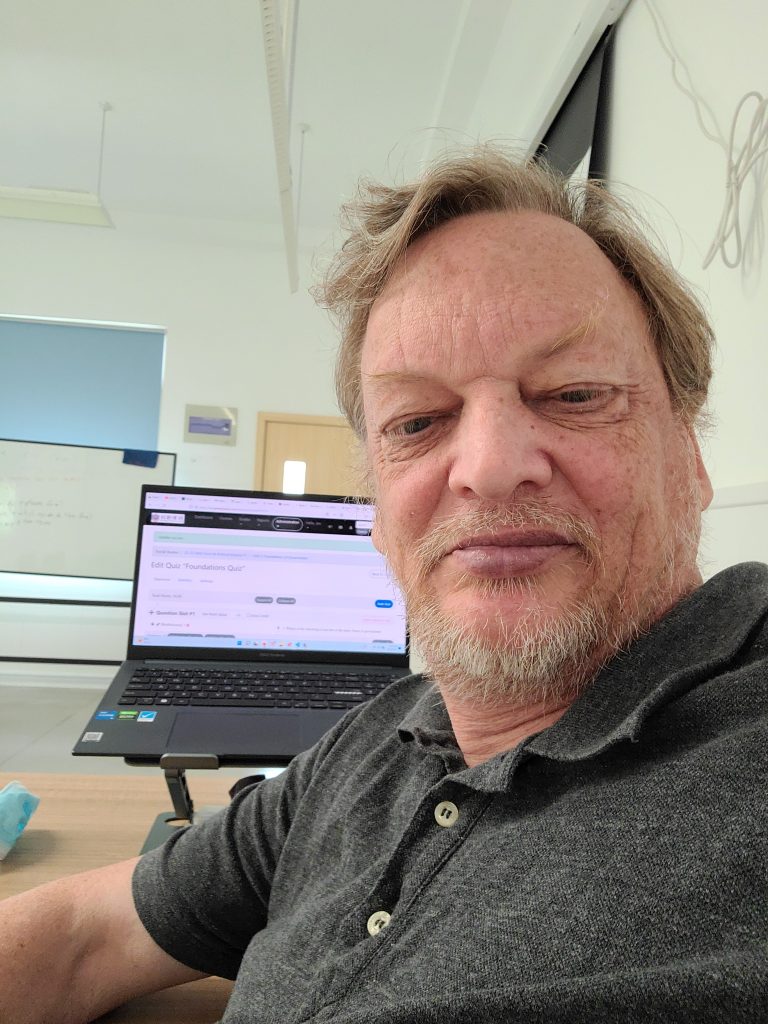“Open Source” refers to a type of software whose source code is made freely available and can be modified and distributed by anyone. This concept is rooted in the philosophy of open collaboration and free access to software’s building blocks, encouraging a community-based approach to software development.
Unlike proprietary software, where the source code is kept secret and the rights to modify and share are typically restricted, open-source software promotes transparency, community involvement, and the sharing of knowledge. This model not only fosters innovation and rapid problem-solving by allowing developers from around the world to contribute improvements and fixes but also enhances security and reliability, as the code is continuously scrutinized and improved by a diverse group of users. Open-source software has been fundamental in the evolution of the digital landscape, underpinning many of the technologies we use today.
“Open Source” in the context of Open Source Investigation (OSI) carries a different connotation from its use in software development, yet it shares the underlying principle of accessibility. In OSI, the term refers to the practice of gathering information from publicly available sources for investigative purposes. This includes a wide range of data such as satellite imagery, social media posts, public government records, videos, and other digital footprints that are openly accessible to anyone with an internet connection.
Unlike traditional methods of investigation that might rely on classified or proprietary information, OSI leverages the vast expanse of data freely available online. This approach has become increasingly valuable in various fields including journalism, human rights advocacy, and law enforcement. It allows investigators to uncover evidence, track developments, and gather factual information in real-time, often with a level of detail and speed that traditional methods cannot match. The open-source model in this context democratizes the process of investigation, enabling a broader community to engage in fact-finding and analysis.
So, now you understand the term Open Source. The same concept applies to Open Source EduVersity. There are no proprietary texts or sources. The courses were created using publicly available texts and documents. If one so desired, they could find all of the course material themselves in libraries and on the internet,
Is OSEV the only educational institution creating courses this way? No, but although it’s not a completely original idea, Jim McCoy is a pioneer in this methodology. In 2010 he was hired by Baotou Teachers College to create a course that was known as The Experimental Class, a course on Globalization using this model. The course became a model for many others.
This methodology, and the use of AI, is how such affordable courses can be offered.

